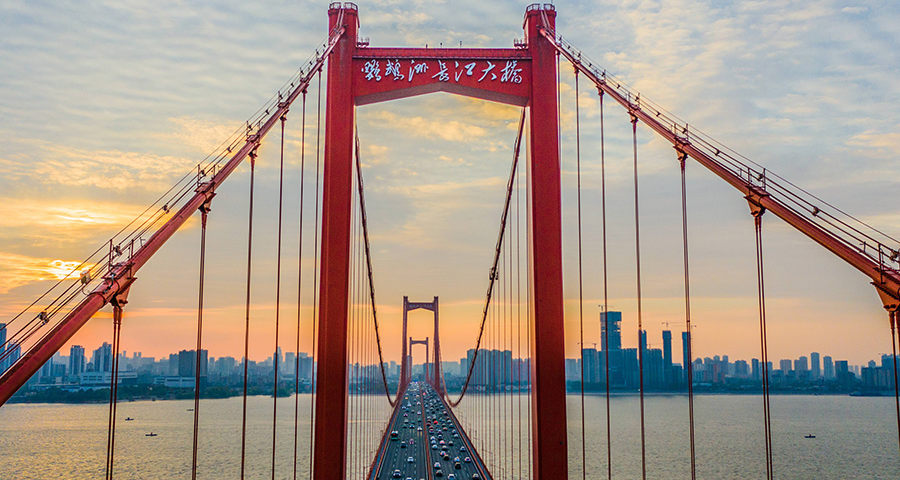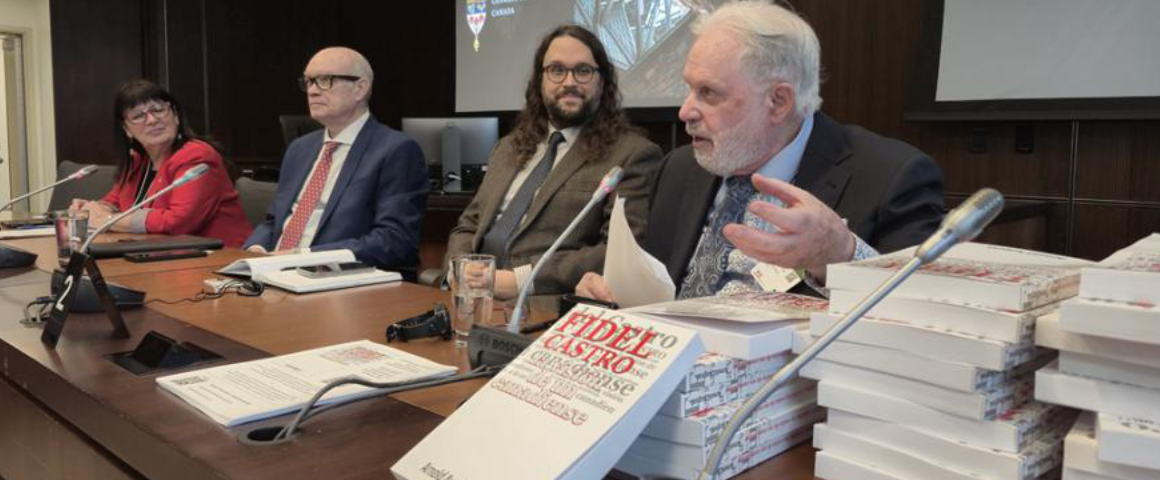Lu Xu, Consul General of the People’s Republic of China in Calgary
In the third quarter of 2021, when domestic and international dynamics were increasingly complex and volatile, China achieved remarkable results in curbing COVID-19 and promoting economic and social development.
Here comes a brief update.
China’s economy continued to recover steadily with good momentum for growth, operating within a reasonable range and demonstrating resilience and great potential. The GDP in the first three quarters reached RMB82.31 trillion (about US$12.72 trillion), up 9.8 percent year on year.
The consumer price index (CPI) remained relatively low, with the rise of 0.60 percent year on year in September, less than the expected target of 3 percent.
Employment was overall stable. From January to September, 10.45 million new urban jobs were created, and the surveyed urban unemployment rate averaged 5.2 percent.
Industrial development was making steady progress. The total amount of summer grain and early-season rice increased by 7.38 billion year-on-year. From January to August, the added value of high-tech manufacturing grew by an average of 13.1 percent in two years.
Foreign trade and investment boomed. Imports and exports of goods saw 22.7 percent year-on-year growth from January to September. Actual foreign investment use saw 22.3 percent growth from January to August. Foreign exchange reserves stayed above US$3.2 trillion for five consecutive months.
Domestic demand continued to recover. The growth rate of domestic per capita disposable income largely matched the economic amplification. A 12.9 percent growth in electricity consumption was recorded from January to September.
Innovation and entrepreneurship gained sound momentum. China ranked 12th in the Global Innovation Index released by the World Intellectual Property Organization, a two-place improvement from last year.
Business development vitality was unleashed. From January to August, the total profit of industrial enterprises above the designated size grew by 19.5 percent on average over the past two years, with a revenue margin of 7.01 percent.
Financing costs decreased steadily. The business lending rate was 4.63 percent from January to August, down 0.13 percent year on year.
The following measures have been taken to secure the economic advancement:
The first was to innovate and improve macroeconomic regulation by enhancing direct access mechanisms for fiscal and monetary policies to reduce financing costs for small and medium-sized businesses.
The second was to prioritize employment in policy making and promote market-and-social-oriented employment.
The third was to address the challenges facing market players by rolling out policies to discount loan interest and increase incentives for businesses in industries severely hit by COVID-19.
The fourth was to deepen the reform of the role of governments with regulation betterment and service streamlining to energize market entities and boost their inner power for development.
The fifth was to keep opening up to the outside world at a higher-and-wider level by exercising the Foreign Investment Law and the related regulations and accelerating the preparations at home for China’s entry into the RCEP. [Ed: The Regional Comprehensive Economic Partnership (RCEP) is a trade agreement involving 15 countries in the Asia-Pacific area and will be the largest trading bloc in history when it comes into force in January.]
The sixth was to curb COVID-19 with vigilance while continuing to ensure and improve the basic livelihood of the Chinese people.
China and Canada are highly complementary economically with a solid foundation for further cooperation. I wish both sides could seize opportunities to advance practical collaboration and achieve a win-win result.
[hr gap=”10″]
Get People’s Voice delivered to your door or inbox!
If you found this article useful, please consider subscribing to People’s Voice.
We are 100% reader-supported, with no corporate or government funding.




